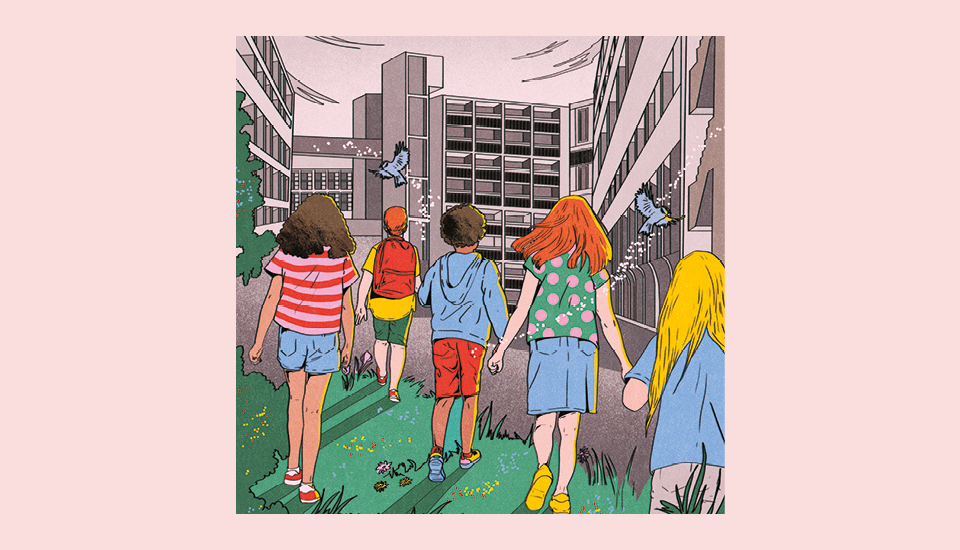
Reading time
Seven minutes
Summary
A child-centred nation would have a firm focus on policies being used for good, placing all children at the centre of domestic and foreign policy. A child-centred nation would have a firm focus on policies being used for good, placing all children at the centre of domestic and foreign policy. A child-centred nation would have a firm focus on policies being used for good, placing all children at the centre of domestic and foreign policy. A child-centred nation would have a firm focus on policies being used for good, placing all children at the centre of domestic and foreign policy. A child-centred nation would have a firm focus on policies being used for good, placing all children at the centre of domestic and foreign policy. A child-centred nation would have a firm focus on policies being used for good, placing all children at the centre of domestic and foreign policy.
Becoming a nation with children at its centre in 10 courageous steps.
Just imagine…
The government leaders of Guatemala, Togo, the UK, Tonga, Australia, Tanzania and India come together to declare that for too long children have been ignored, and that they have the courage to become child-centred nations.
From idea to action
If the leader of your country made this declaration, what would be the practical next steps? Here are 10 key considerations to guide leaders towards becoming a child-centred nation.
1. Listening to children
More than 100 children aged 3–5 years contributed to Ireland’s National Consultation with Young Children to “… inform the development of a whole-of-government strategy for babies, young children and their families.” This aims to see children grow up to be active and healthy, achieving their full potential, safe and with economic security, and to be connected, respected and contributing to the world.
For Professor Imelda Coyne, the consultation’s lead author, a child-centred nation “embeds engagement with and respect for children’s views as a core value of services and policies that affect children’s lives, incorporates the rights of the child to participate in all matters that affect their lives in conjunction with their family, and provides children with the means, space, opportunity and the support to participate.”
Playful green planet
Intervention
Co-creating nature-based urban learning spaces and activities for 3-5-year-olds to foster nature and community connectedness and care through creativity.
2. Protecting the right to play
Social entrepreneur Liz Ebengo has a background in design and international law. “Although enshrined in law, the right to play is ignored by many governments, yet when it is acknowledged in a child’s life, it becomes one of the purest expressions of the government’s commitment to fulfilling its duty to protect.”
For Ebengo, a child-centred nation is “one where governments take action on their duty of care for children, fully enabling the right to play, so a child can simply be a child.”
3. Sparking and developing creativity in children
Louise Holloway has taught children aged 4–7 for 25 years. “Early Years curriculum in the UK now allows teachers to get alongside children, play, and role model learning activities with them. Previously, we were asked to continually write down observations: children didn’t see someone modelling play with them but writing on a clipboard! Yet when the child moves from Reception to Year 1, the priority moves to reading, writing and maths, due to tests at the end of Year 2. Sweden’s early curriculum, by contrast, has a major focus on forest schools and play-based learning up to seven years old.”
“A child-centred nation is one with play at the centre of all primary education, not just the start, to see the imaginations of children fully develop… preparing them for lives where they are fulfilled, and lead with empathy, compassion and understanding.”
A child-centred nation is one with play at the centre of all primary education.
4. Ensuring safety
Ending human trafficking and modern slavery is the aim of Hope for Justice and its CEO Tim Nelson, FRSA. With 1.7 million children in forced commercial sexual exploitation, 13.1 million exploited through forced labour, and 9 million in forced marriages, avoiding family separation is key for policymakers. They must prioritise preventing the drivers such as “poverty and economic shocks; social exclusion and discrimination; and unaccompanied or separated children.”
Tahina Booth, FRSA, is Founder and CEO of Grass Skirt Project, which uses sport as a tool to combat gender inequality and eliminate gender-based violence in Papua New Guinea. She calls for a “child-led Ministry for Children, to dismantle entrenched inequalities by amplifying the voices of the young generation, whose experiences, hopes and dreams can shape policy discourse in a holistic manner.”
A child-centred nation keeps families together, keeps children safe and provides education for all.
5. Equipping children as peacemakers
Conflict. Injustice. Children voiceless. What if there were a pathway that gave children and young people a voice?
PaxHax is an NGO I founded to catalyse youth-led peace initiatives. We are creating a pathway that will see more young people active and equipped to lead in the peace community and, through our contributions to working sessions led by Swedish NGO the Dag Hammarskjöld Foundation, receiving increased private sector support for their efforts.
A child-centred nation equips children as peacemakers, supports youth-led peacebuilding and enables public-private funding models.
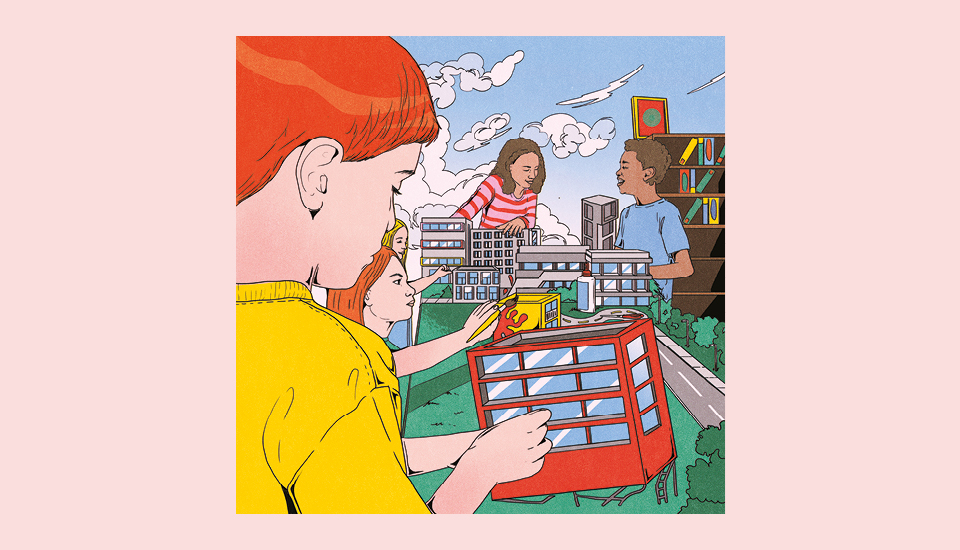
Learn more
Questions to sharpen your government’s performance and move towards becoming a child-centred nation:
Minister for Children
Who in my government is responsible for children? Who is listening to them, designing with them, and taking steps to improve the lives of children in my country?
Foundations
Have we considered safety and access to essential resources? Are we building the attitudes, institutions and structures for a peaceful society?
Long-term view
Are child-lens investment approaches being used? Are we considering the countries children will inherit?
Valuing social good
Are children seen as agents that simply reduce the working capacity of their parents and thus tax revenues? Do we recognise the value to our country of raising children?
Learning
Are changes required to our educational systems and curriculum? Have we listened to children and not designed play out of our school systems?
9. Putting value on the public good of good parenting
Elspeth Kirkman has worked in social policy innovation for over a decade. For her, a child-centred nation is one that pays people for parenting for the public good. “The social return on investment on birthing and raising the next generation must be recognised. Studies show that parenting has a big impact on outcomes in later life, and that there are reliable ways to improve how well we parent — we should use payments to incentivise parents to invest in improving their skills.” Kirkman described how this would bring a helpful parallel to taxing negative externalities, such as smoking.
A child-centred nation equips and incentivises parents to improve their parenting skills.
10. Considering international relations and foreign policy
Professor Ali Watson, OBE, of the University of St Andrews, focuses on the place of children in international relations. “Consider colonial governments that had children firmly in their sights when they shaped education and child welfare policies to force assimilation, such as the Indian residential schools system in Canada. The Truth and Reconciliation Commission of Canada stated that this was cultural genocide.”
Alternatively, “a child-centred nation would have a firm focus on policies being used for good, placing all children — including marginalised children — at the centre of domestic and foreign policy.”
Make a commitment
For national leaders: have the courage to become a child-centred nation. Commit to this publicly, work on it intently for 12 months, engage with those who contributed to this piece for input and formulate a long-term, cross-party strategy. Be a child-centred leader.
For citizens: have the courage to speak up. Write to your politician and ask them to join an international movement of leaders declaring that their countries will be child-centred nations within 12 months. Get your friends and communities involved, spread the word, build the movement. Be a child-centred champion.
Jonathan Prosser, FRSA, FRAI, is Compassion UK Director of Innovation Lab, PaxHax Founder, University of Cambridge Visiting Lecturer and a Forbes Nonprofit Council Member.
María Jesus Contreras for the RSA. Maria is an illustrator born and raised in Chile. In 2022, she won the Young Guns award from The One Club for Creativity.
pdf 6.5 MB
Read more features from the RSA Journal
-
F.P.W.P. - First past what post?
Naomi Smith
First Past the Post might work in horse racing but it is not fit for purpose as an electoral system, argues the CEO of campaign group Best for Britain.
-
Shoot for the moon
Tom Kenyon
The RSA's Head of Enterprise Design discusses the potential of the creative industries to transform the future of the UK
-
Learning to lead
Harriet Andrews
Read about The Politics Project's blueprint for engaging young people in the political process.
-
Adaptation nation
Alexa Clay
The director of RSA USA discusses how a new breed of changemaker is finding ways to strengthen civic fabric and solidarity.

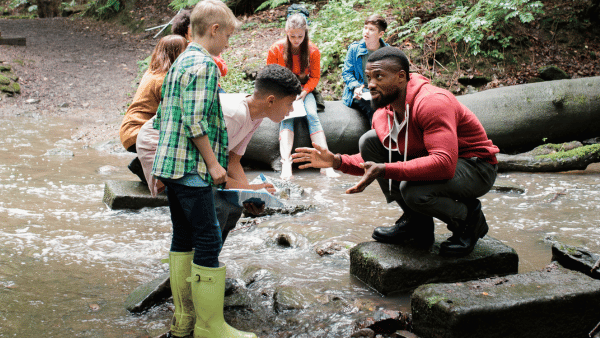
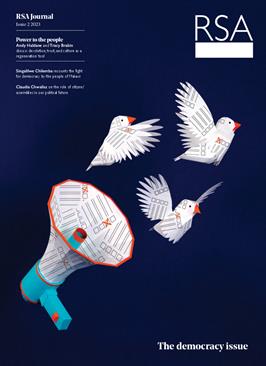


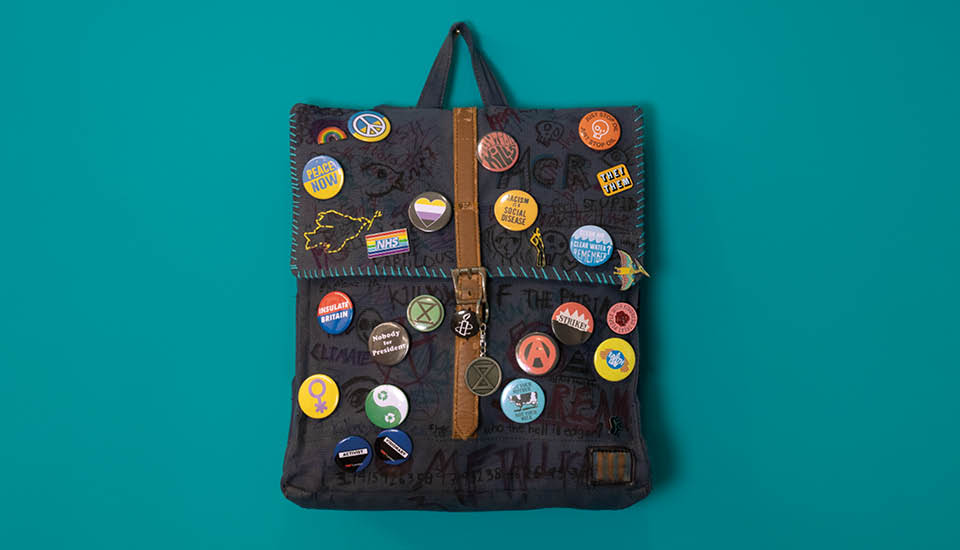

Be the first to write a comment
Comments
Please login to post a comment or reply
Don't have an account? Click here to register.